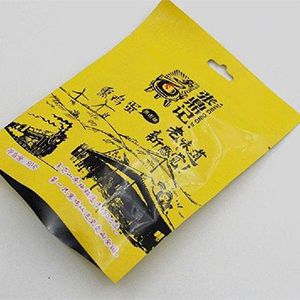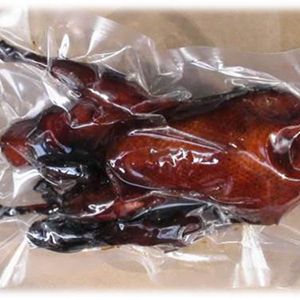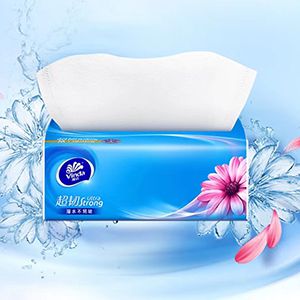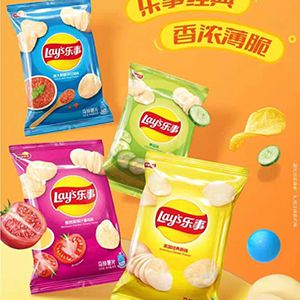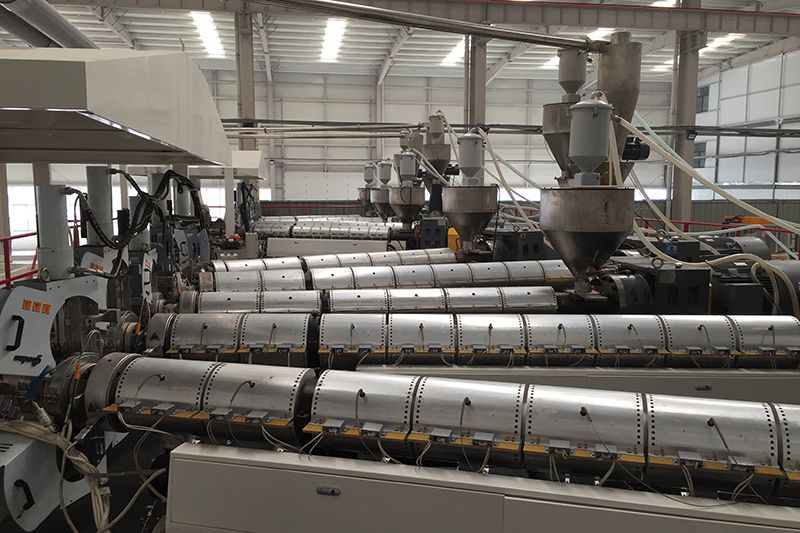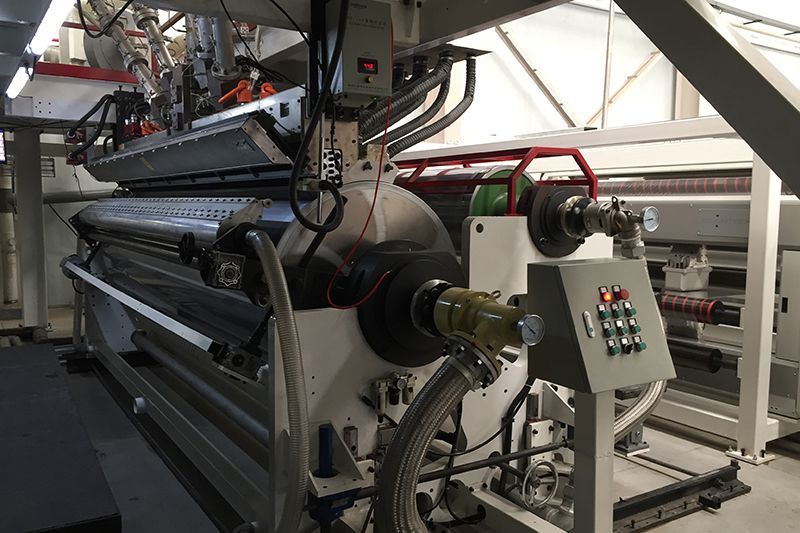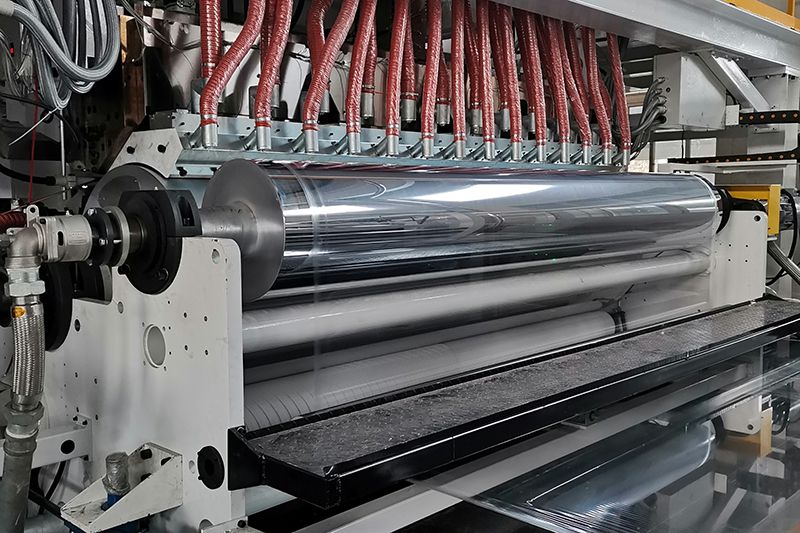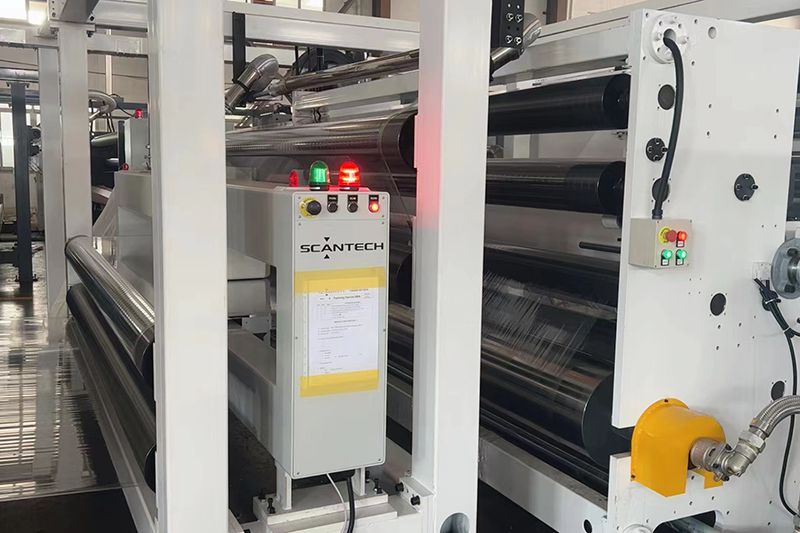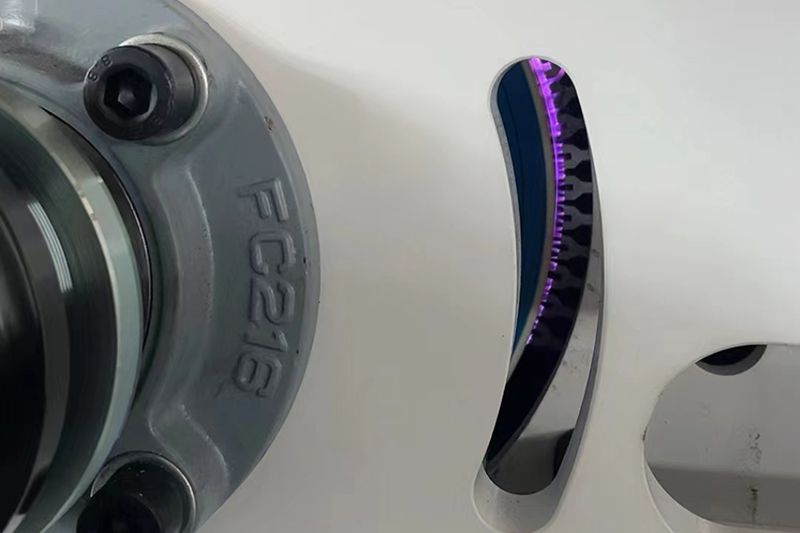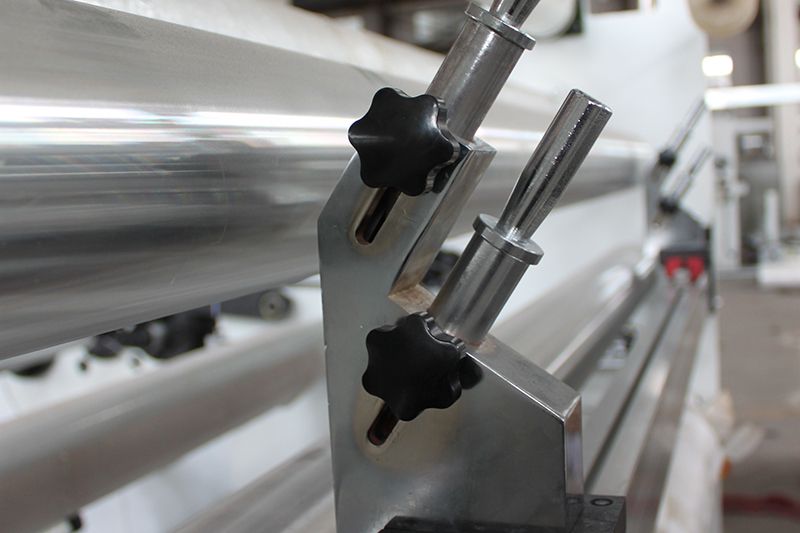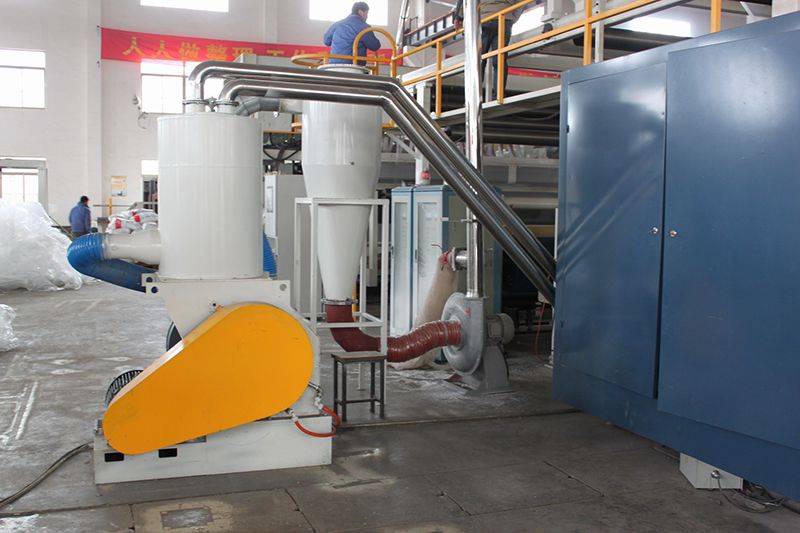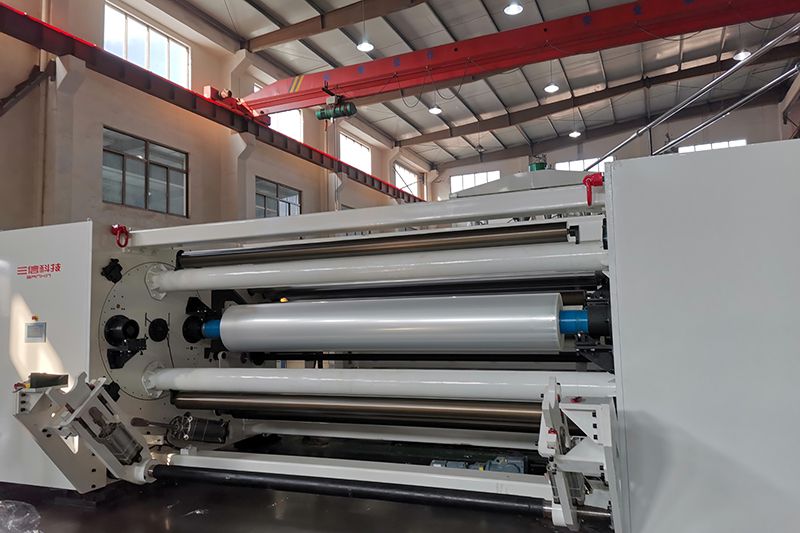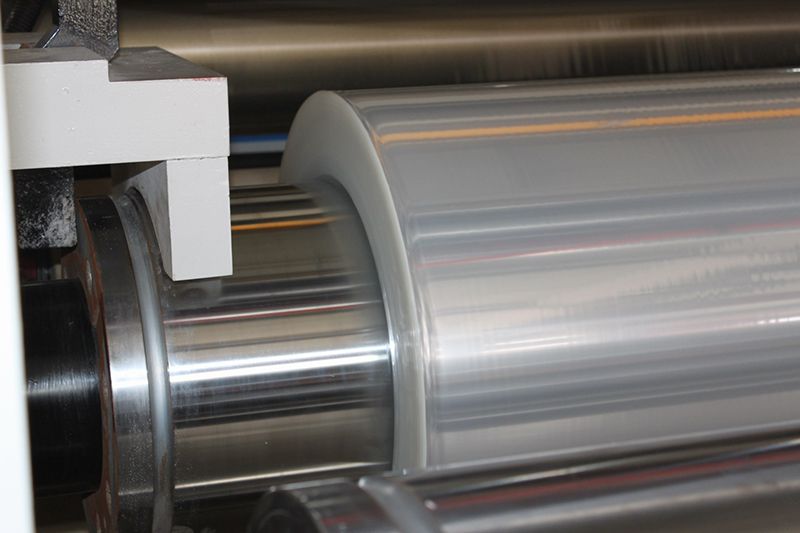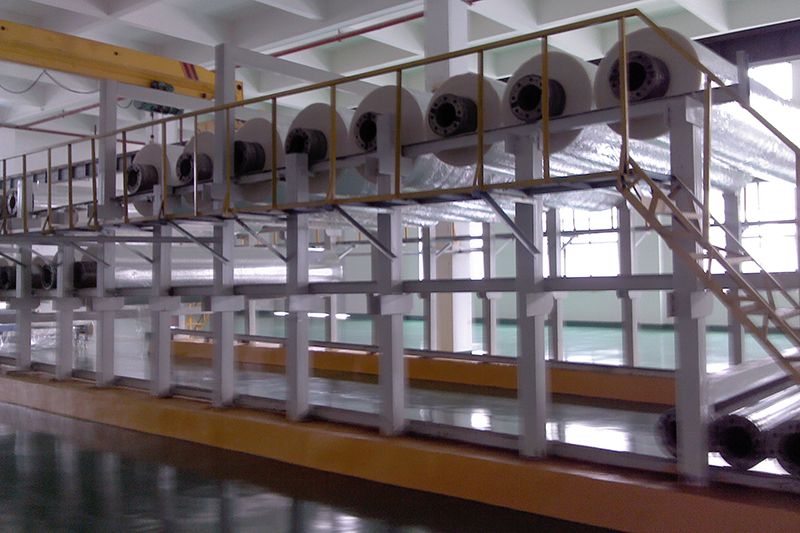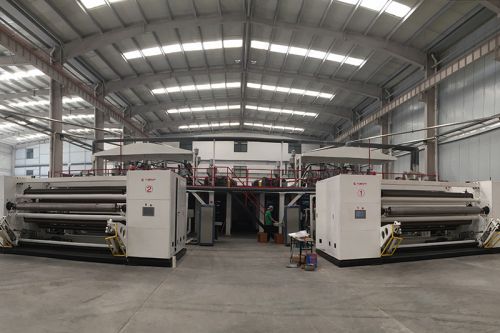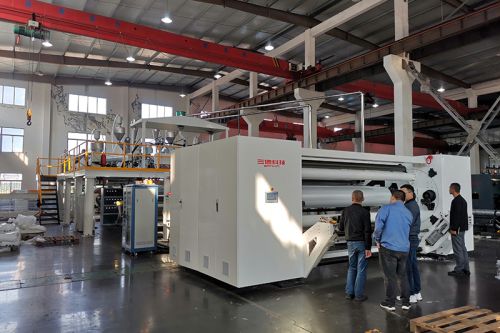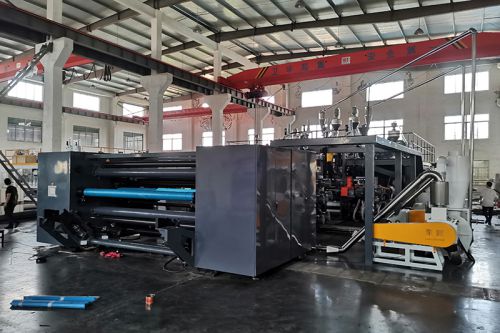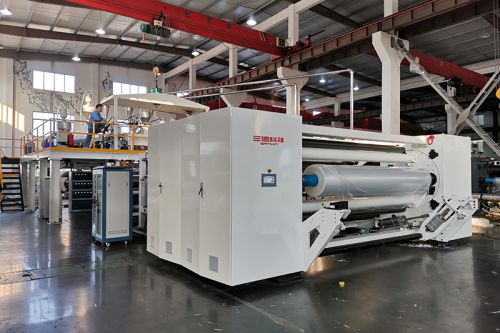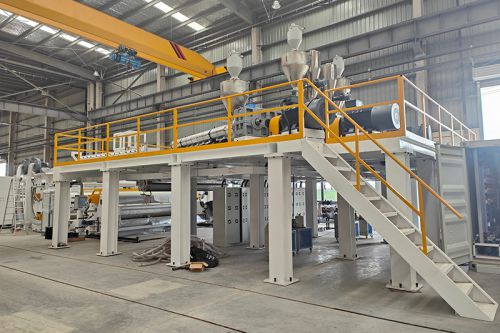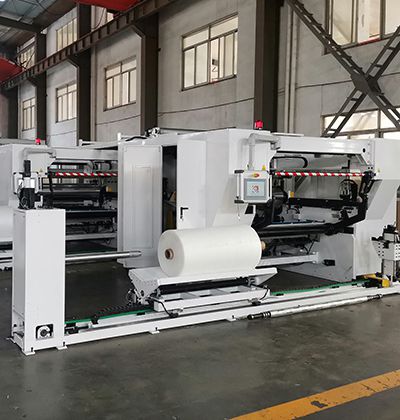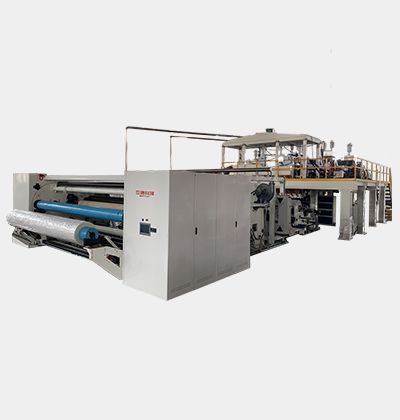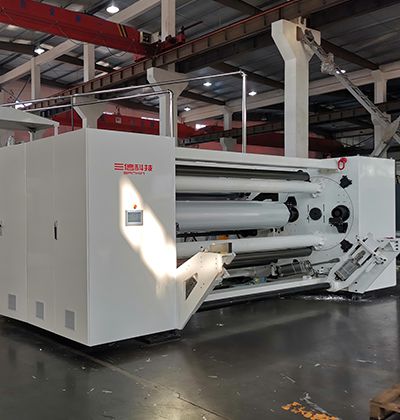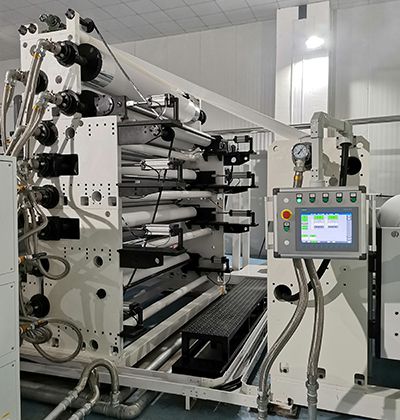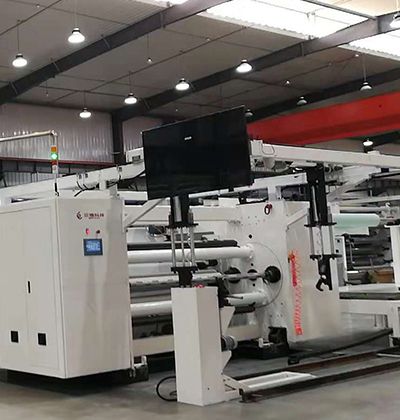Extrusion line for producing cast polypropylene film (CPP film)
Our cast film line features PLC technology from Siemens. The film production line can achieve film forming, corona treatment, edge cutting, and automatic duplex turret winding. With the most advanced plastic film casting process and computer control technology, it can allow for full automation in film roll turning, high-speed winding, meter preset, rapid film cutting, as well as online parameter setting, display, diagnosis, and monitoring.
- Maximum Screw Extrusion Output: ≥2200kg/h
- Maximum Winding Speed: 250m/min
- Maximum Die Width: 5,500mm
- Maximum Film Width: 5,200mm
- Film Thickness: 20-120μm
- Maximum Winding Diameter: 1,000mm
- Applicable Material: Cast-grade polypropylene
- Power: Customized according to customer needs
- Production Volume: Customized according to film thickness
- Equipment Dimensions: Customized according to products needed by the customer
- Total Installed Power: Customized according to products needed by the customer
Our cast film line mainly consists of an extruder, casting system, thickness gauge, corona treatment machine, edge trim recycler, winder, water cooling station, and electrical control system. Our extrusion line for CPP film offers low energy consumption, stable quality, and high production capacity, providing customers with fully customized services.
The highlights include the followings:
- Remote diagnosis for timely emergency response
- Centralized control of material handling, conveying, weighing, mixing and feeding
- Fully automatic system of film roll unloading, handling, and storage
- Composite films for packaging bags, files, albums and food packages.
- Aluminum-coated films for barrier packaging and decoration. After vacuum-coated with aluminum, CPP films can be combined with plastic substrates like BOPP and BOPA for packaging tea, fried snacks, and biscuits.
- Retort films: CPP films have excellent heat resistance (the softening point of PP is around 140°C), making them suitable for hot-fill packaging, retort pouches, and aseptic packaging. Plus great acid, alkali, and oil resistance, CPP films are preferred materials for bread product packaging and laminating. CPP films are safe for food contact, maintain food flavors, and can be tailored with various resin grades for specific properties.
